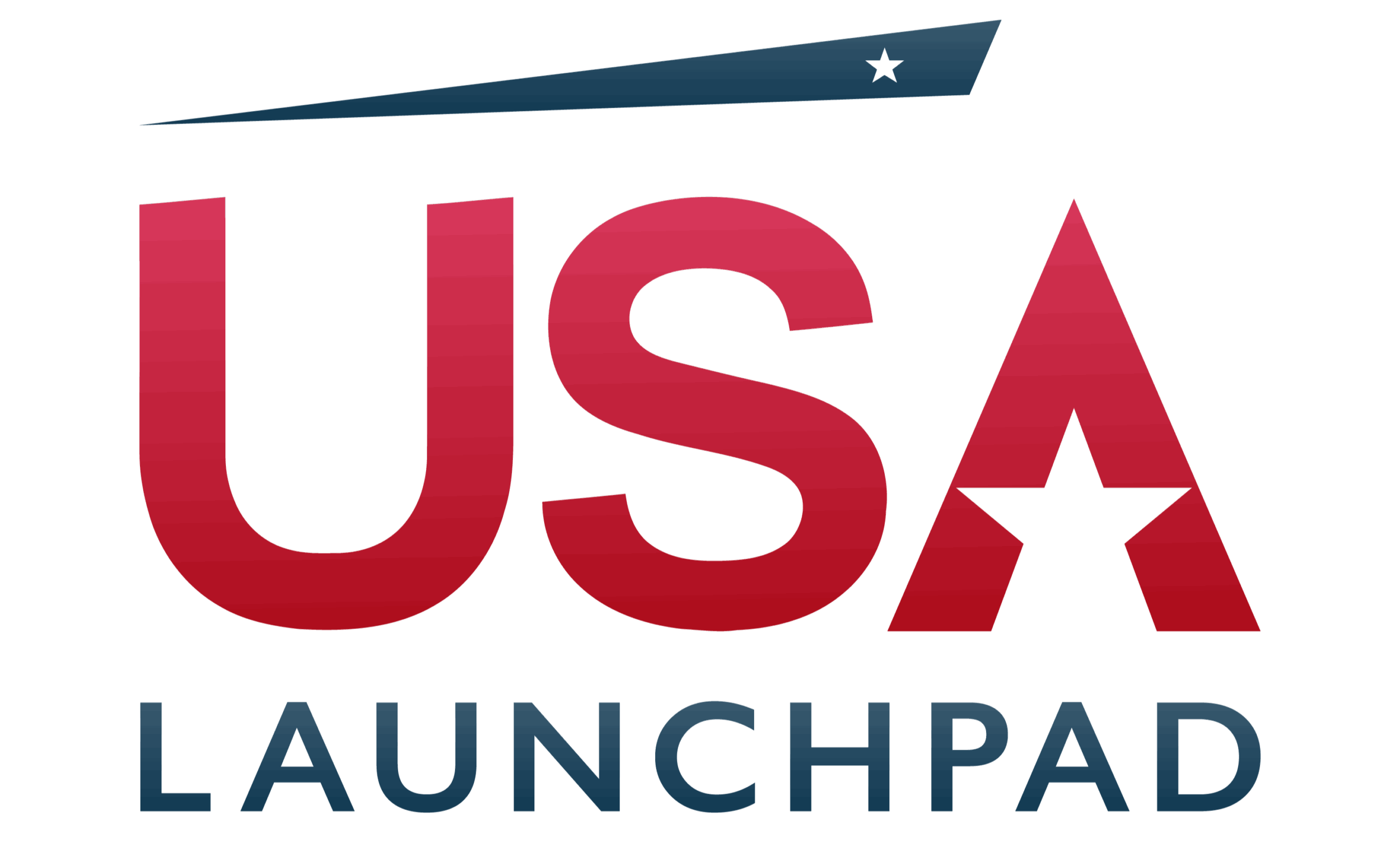A New Era of AI-Native Devices: OpenAI and Jony Ive Lead the Way
By now, almost everyone is familiar with ChatGPT and its impact on the way people work, write, and search for information. In just a short time, the AI chatbot has become one of the most talked-about technologies in decades, sparking conversations about everything from education and ethics to automation and the future of work.
Now, OpenAI is stepping out of the digital realm and into the world of hardware, with plans to bring its AI tools into everyday physical use. On May 21, 2025, OpenAI CEO Sam Altman and renowned designer Sir Jonathan Ive announced a partnership to develop new consumer hardware that reimagines how people interact with technology in everyday life.
Altman and Ive started exploring ideas for a “post-smartphone” device in 2023. That early partnership led to Ive creating io Products, which OpenAI initially helped fund and later fully acquired. OpenAI finalized its acquisition of io Products in July 2025, completing a deal valued at approximately $6.5 billion. The transaction included OpenAI’s existing 23 percent stake along with $5 billion in new shares. Around 55 employees from io Products joined OpenAI as part of the agreement, while Jony Ive will continue to lead design work as an independent partner.
Ive’s role in the project has drawn particular attention, given his influence on the design of modern consumer technology. For over two decades, Ive shaped the visual and tactile language of modern technology. As Apple’s Chief Design Officer, Ive was the quiet architect behind some of the most iconic consumer products in history: the iMac G3 (1998), the iPod (2001), the iPhone (2007), and the MacBook Air (2008). Clarity and minimalism characterize his design philosophy. It is this philosophy that not only defined Apple’s identity but also set the standard for the entire industry, influencing how countless other companies approached product design. After leaving Apple in 2019, Ive co-founded LoveFrom, a boutique design collective focused on long-term, high-impact collaborations across technology, fashion, and mobility.
The partnership between OpenAI and Ive could mark a turning point in how the tech industry approaches hardware. Instead of simply adding AI to phones, laptops, or other existing devices, OpenAI and Ive are starting with a blank slate. They are asking what a device might look like if it were designed entirely around artificial intelligence. Such a shift raises questions about the role of screens, the need for apps, and how people might interact with technology in more natural and less intrusive ways. If the project succeeds, it could lead to tools that operate more quietly in the background, offering help without demanding attention. It also puts pressure on companies like Apple, Google, and Amazon to rethink how their own devices will evolve in a future shaped by AI.
The Emerging AI Hardware Ecosystem: Who Will Help Build It?
Building a new ecosystem around AI-native hardware will involve a wide network of contributors across the tech industry. Companies working in semiconductors, cloud infrastructure, voice recognition, spatial computing, and interface design will all have a role to play. Developers and startups may begin creating new services, applications, and integrations that work with hardware built around conversational AI rather than traditional screens.
As companies begin developing tools and services for this emerging platform, new opportunities are likely to open up across fields such as AI, robotics, product design, and human-computer interaction. Startups and established firms may look to expand teams or form new partnerships as they adapt to the demands of building technology that moves beyond the screen.
As hiring needs shift, so too might the pathways companies use to access the talent they need. For many in the tech sector, this could involve business and employment visa processes to bring in designers, engineers, and researchers with the right experience. While this has long been part of the global tech economy, the rise of AI-focused hardware may place new pressure on timelines, resources, and policies that support high-skill mobility.
Here are some of the types of companies that could help shape the ecosystem:
- Semiconductor and hardware manufacturers may provide the processors, sensors, and components optimized for on-device AI performance. These companies may expand operations or form partnerships to stay close to product development and supply chains.
- Companies working on voice interfaces, language models, and interaction design can offer expertise in natural language processing, user experience, and system behavior tailored for AI-native devices.
- Cloud and infrastructure providers can support the real-time processing, data storage, and model deployment required to keep AI applications responsive and secure at scale.
- Design and product studios may bring capabilities in industrial design, human-computer interaction, and prototyping to help define the physical and visual identity of new devices.
- Software and AI startups may experiment with applications built for this new hardware category and seek access to investment, distribution channels, or collaboration opportunities within the U.S. market.
- Manufacturing and assembly firms can contribute to the physical production of devices and may need to coordinate across teams in engineering, quality control, and logistics.
Momentum is building around this new wave of hardware, and the question of who gets to build it becomes just as important as what gets built. Companies will need access to talent, tools, and the freedom to assemble teams wherever the work is happening. For many, that will mean crossing borders logistically and professionally. The success of this emerging ecosystem may depend not only on technical breakthroughs, but on the movement of people with the skills to make them real.
As companies around the world look to join the emerging ecosystem of AI-native hardware, USA Launchpad stands ready to help tech firms move faster with smart, reliable immigration support. Reach out to see how we can support your expansion into this next wave of innovation.
